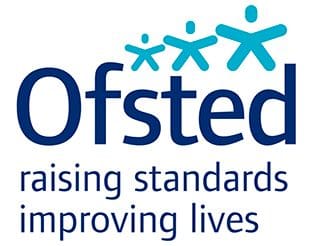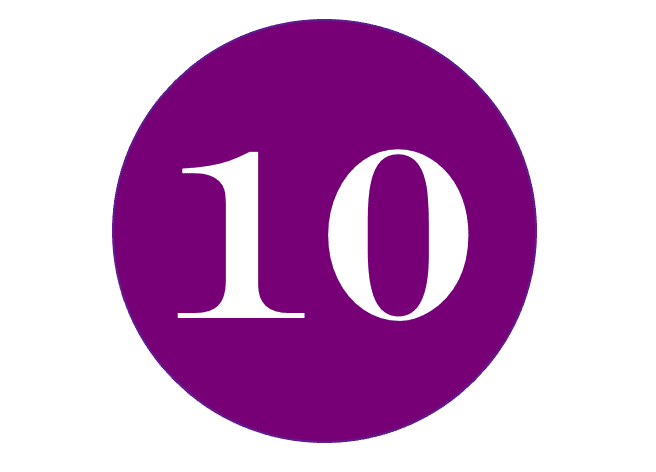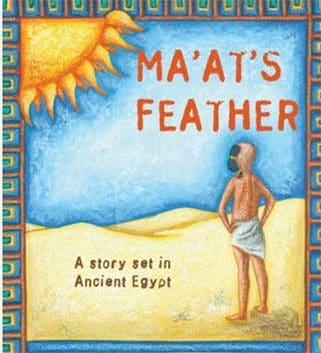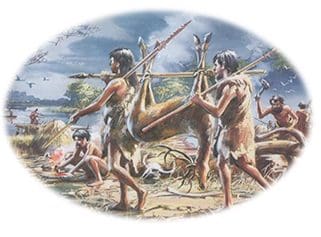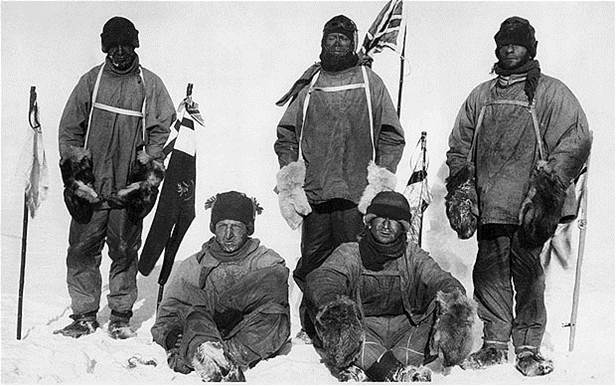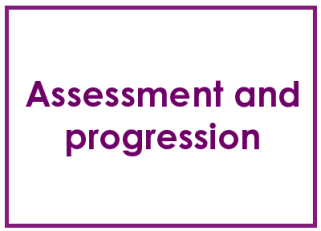
KS3 assessment revisited.
Recently Sally Burnham and Geraint Brown revisited their earlier seminal paper on assessment now 10 years old and published their findings in Teaching History. In their article they attempted to offer a list of do’s and don’ts. I thought it would be helpful to share my take on their ideas, most of which I agree with, though with some significant revisions. Here are my top ten .
DO:
- Start by defining what counts as good history and plan your teaching to achieve this. Develop your assessment strategy in relation to what you have planned rather than allowing assessment structures to determine what you teach.
- Plan assessment opportunities carefully, recognising that highest quality questions and tasks are needed to demonstrate accurately what the students know, understand and can do. These should be important questions: tests worth teaching to.
- Assess students’ historical knowledge and understanding in a range of contexts (using different kinds of tasks and focussing on different concepts) to gain a rounded view of student progress.
- Identify common student misconceptions and develop assessment tasks that will alert you to them and help you to check that they have been addressed.
- Ensure that students can learn from the marking and feedback that teachers provide, so that they understand how well they have performed, why and what they can do to improve further. The feedback (including reports) should be accessible to students and to their parents/carers.
- Make sure that the information created fro assessment enables you to make judgements about progress of groups of pupils ( SEND, G&T Pupil Premium) as well as individuals.
- Use evidence from assessment to inform future planning and teaching.
- Strengthen your understanding of expectations by holding departmental standardisation sessions, standardisation sessions with other schools, and keeping a portfolio of assessed work at particular standards.
- Use common assessment tasks which you refine year on year enables you to see how your teaching and the students’ learning is improving over time-as long as teaching tightly to the task doesn’t take over!
- Examine the outcomes of your assessment to see how teaching could be improved , by class, by topic, by concept, by range and depth of understanding

